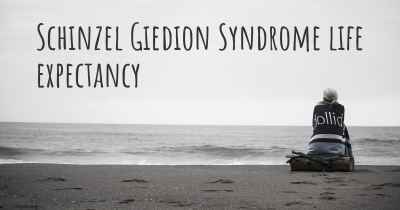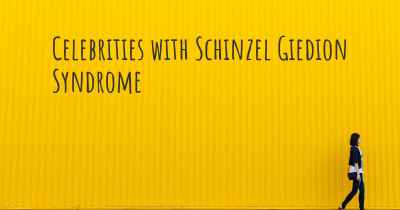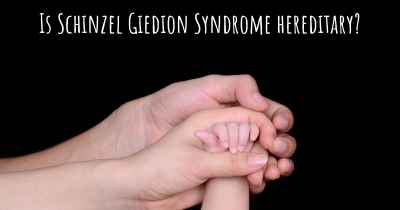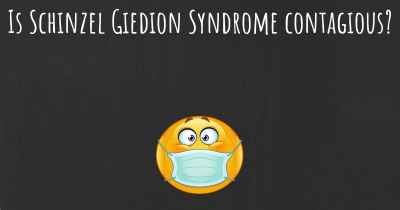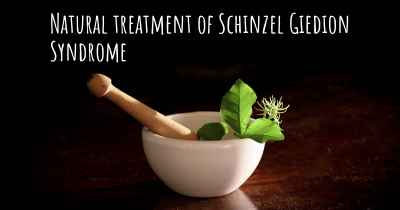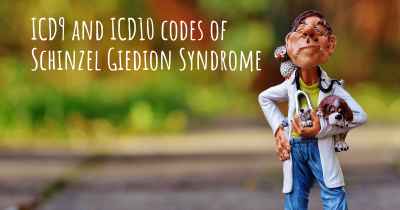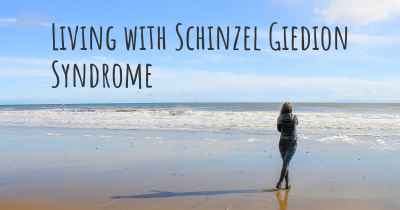Which are the symptoms of Schinzel Giedion Syndrome?
See the worst symptoms of affected by Schinzel Giedion Syndrome here
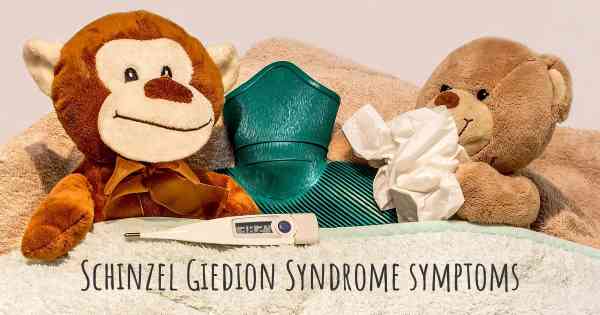
Schinzel Giedion Syndrome (SGS) is an extremely rare genetic disorder characterized by a variety of physical and developmental abnormalities. It was first described in 1978 by Schinzel and Giedion, hence the name. SGS is caused by mutations in the SETBP1 gene, which plays a role in regulating gene expression and cell growth.
Physical Features:
Individuals with Schinzel Giedion Syndrome often exhibit distinct physical features, although the severity and presence of these features can vary. Some of the common physical characteristics include:
- Facial Dysmorphism: Facial abnormalities are a hallmark of SGS. These may include a prominent forehead, widely spaced eyes (hypertelorism), a broad nasal bridge, a small chin (micrognathia), and low-set ears.
- Short Stature: Many individuals with SGS have short stature, meaning they are significantly shorter than average for their age and gender.
- Skeletal Abnormalities: Skeletal anomalies are common in SGS and can include abnormalities of the spine, ribs, and limbs. These may lead to joint stiffness, limited mobility, and skeletal deformities.
- Genitourinary Anomalies: Some individuals with SGS may have abnormalities of the genitourinary system, such as kidney malformations or structural defects in the reproductive organs.
Developmental and Neurological Features:
SGS is associated with significant developmental delays and intellectual disability. The cognitive impairment can range from mild to severe, and affected individuals may have learning difficulties, speech delays, and behavioral challenges. Neurological features commonly observed in SGS include:
- Seizures: Epileptic seizures are frequently seen in individuals with SGS. These seizures can vary in type and severity.
- Delayed Milestones: Children with SGS often experience delays in reaching developmental milestones, such as sitting, crawling, walking, and talking.
- Hypotonia: Hypotonia, or low muscle tone, is a common feature of SGS. It can affect motor skills and coordination.
- Behavioral Issues: Some individuals with SGS may exhibit behavioral problems, including hyperactivity, aggression, self-injurious behavior, and autistic-like traits.
Other Features:
There are additional features that can be associated with Schinzel Giedion Syndrome, although they may not be present in all individuals:
- Cardiac Abnormalities: Some individuals may have congenital heart defects or structural abnormalities of the heart.
- Respiratory Issues: Recurrent respiratory infections, breathing difficulties, and abnormalities of the respiratory system have been reported.
- Eye Abnormalities: Vision problems, such as nearsightedness (myopia), crossed eyes (strabismus), or cataracts, may occur.
- Feeding Difficulties: Infants with SGS may have difficulties with feeding and may require specialized feeding techniques or tube feeding.
It is important to note that the symptoms and severity of Schinzel Giedion Syndrome can vary widely among affected individuals. Some individuals may have a milder presentation with fewer features, while others may experience more severe complications. Due to the rarity of the condition, it is crucial for individuals suspected of having SGS to undergo genetic testing and receive appropriate medical care and support.
